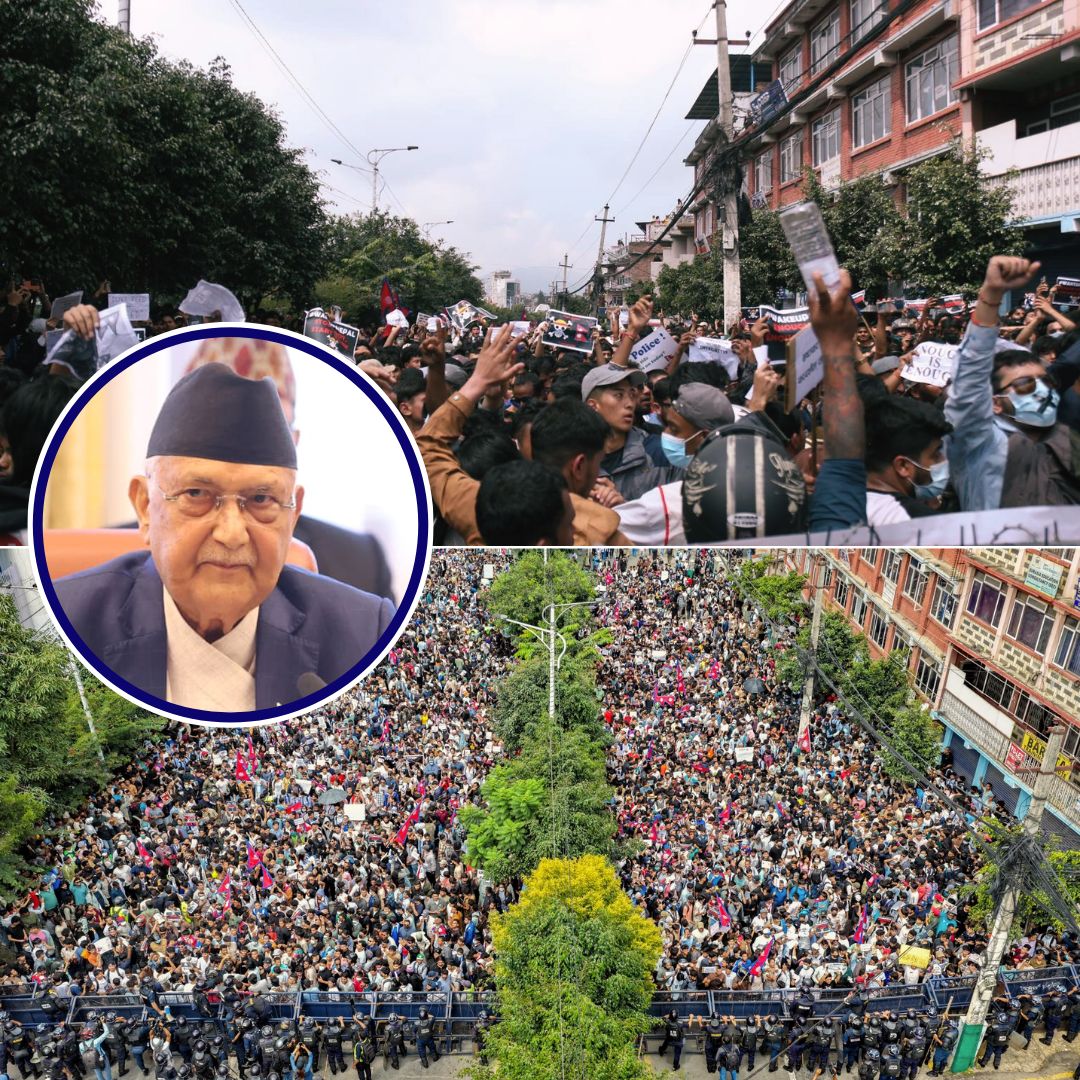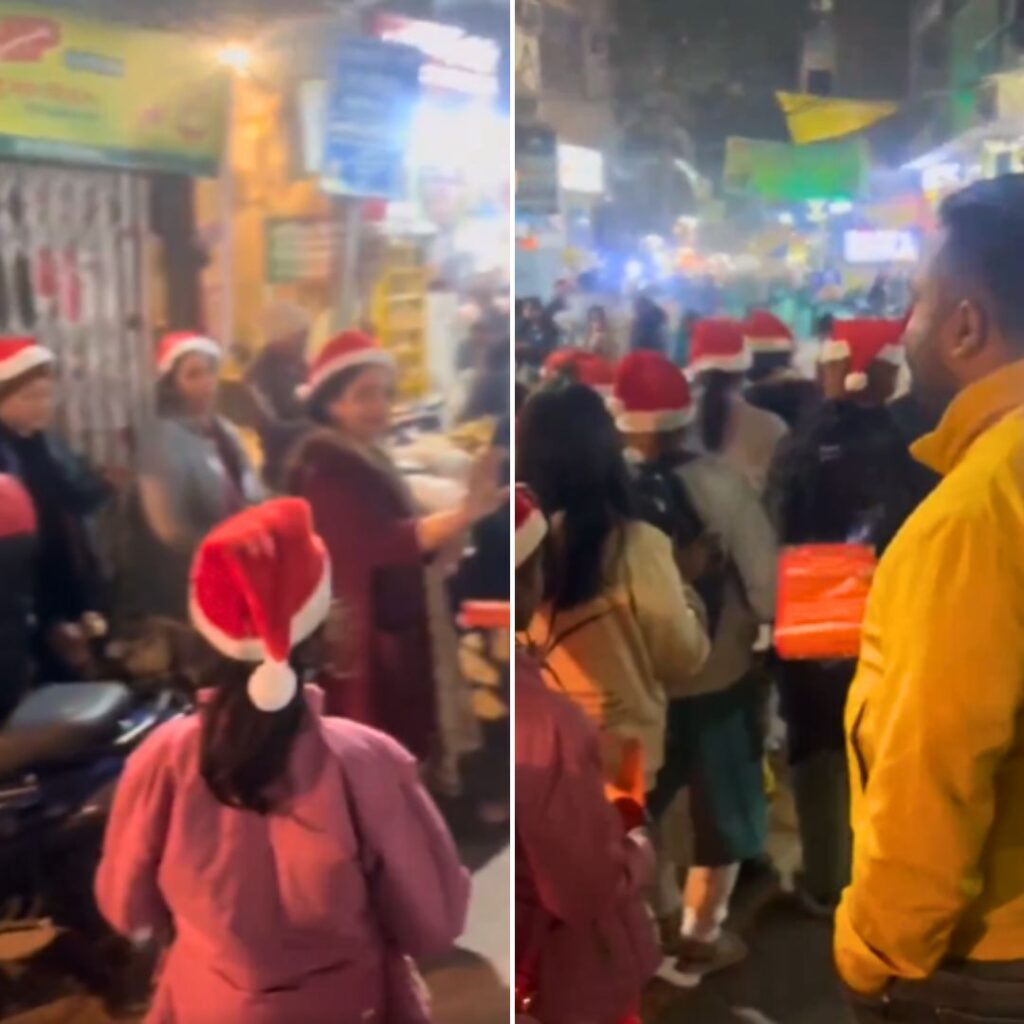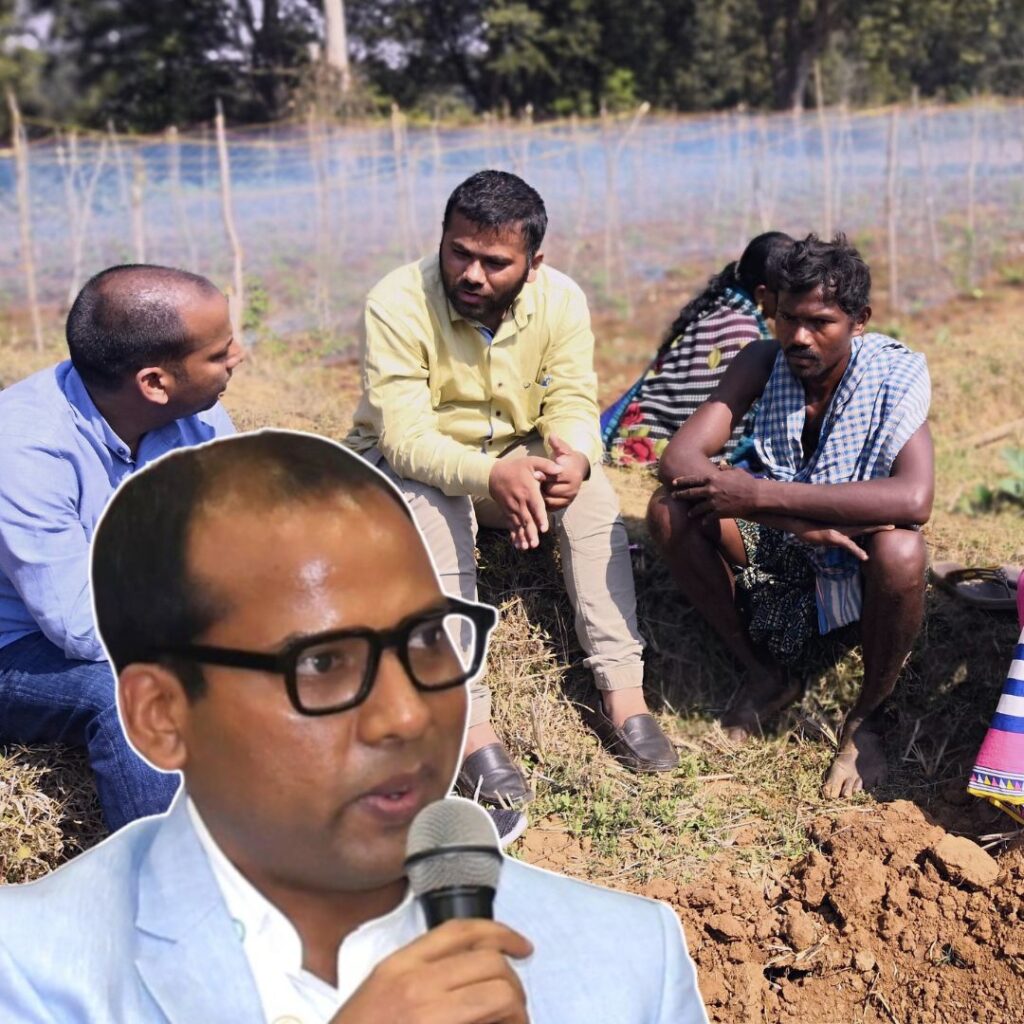Nepal’s government lifted its week-long social media ban after violent, youth-led protests left at least 19 dead and over 300 injured. Minister Prithvi Subba Gurung announced the reversal following urgent cabinet talks and pledged compensation for victims’ families, free medical treatment for the injured, and a formal investigation into the tragedy.
Young protesters, united under Gen Z, temporarily suspended demonstrations but insisted the issue transcends online freedoms, pointing to deep concerns about corruption and governance. Security forces remain deployed and the capital’s mood is tense, as the nation grapples with questions of accountability and reform.
A Ban, a Backlash, and Deadly Confrontations
The government’s move to block 26 social media platforms, including Facebook, Instagram, and YouTube, triggered immediate backlash among Nepal’s youth. Authorities justified the ban as a response to non-compliant companies failing to register and meet new regulations intended to limit misinformation. But to Gen Z and other opponents, the measure represented a crackdown on free speech and an attempt to mute public grievances about systemic corruption and economic stagnation. Protests escalated rapidly.
On Monday, thousands of mostly young demonstrators converged in Kathmandu, near Parliament. Police responded with water cannons, tear gas, batons, and live ammunition, resulting in mass casualties. Hospitals overflowed, with tear gas affecting medics and patients alike.
The protests in Nepal have sparked debate nationwide about the future of digital rights and accountability, with scholars and activists calling for urgent legal reforms and more inclusive governance. International bodies such as Amnesty International and the UN have also demanded independent investigations and urged restraint from authorities, highlighting Nepal’s responsibility to uphold constitutional freedoms and protect its young generation
Government Reversal and Political Fallout
Facing mounting criticism from opposition leaders and international organisations, the government convened an emergency Cabinet meeting and lifted the social media ban early Tuesday. Minister Gurung confirmed that all platforms are operational, acknowledging “the demands expressed by Gen Z” and promising both a government inquiry and support for affected families.
Home Minister Ramesh Lekhak resigned over the violence, amplifying calls for accountability. Army personnel have taken control of central Kathmandu, with curfews and movement restrictions in key areas aimed at preventing renewed unrest.
Protesters declared they were triggered not solely by the social media ban but because of what they called “institutionalised corruption”, a demand for generational change and a more responsive, transparent government.
Many cities across Nepal remain under curfew following the violence, with security forces patrolling Kathmandu and surrounding towns. Opposition leaders and activists insist the government must not only restore access but be held legally accountable for the deaths, vowing continued peaceful protest to demand justice and meaningful reform.
The Logical Indian’s Perspective
Nepal’s crisis highlights the perils of suppressing civic voices and resorting to force instead of empathy and dialogue. The violence, which deeply shocked the country and its neighbours, shows that lasting peace and progress require governments to listen to youth perspectives, protect freedom of expression, and address corruption head-on.
Real change must come through compassionate engagement and reform, not censorship or violence. Community reconciliation starts with kindness, open dialogue, and prioritising the common good.
Overthrowing the monarchy in #Nepal was a clear mistake. Since then the country has only seen Chaos and instability. The Constitutional monarchy is way forward. Sonia Gandhi and Yechury played their hand in overthrowing Gyanendra. #Nepalprotest #NepalProtests pic.twitter.com/cNkU1LloCm
— Ganesh (@me_ganesh14) September 8, 2025












